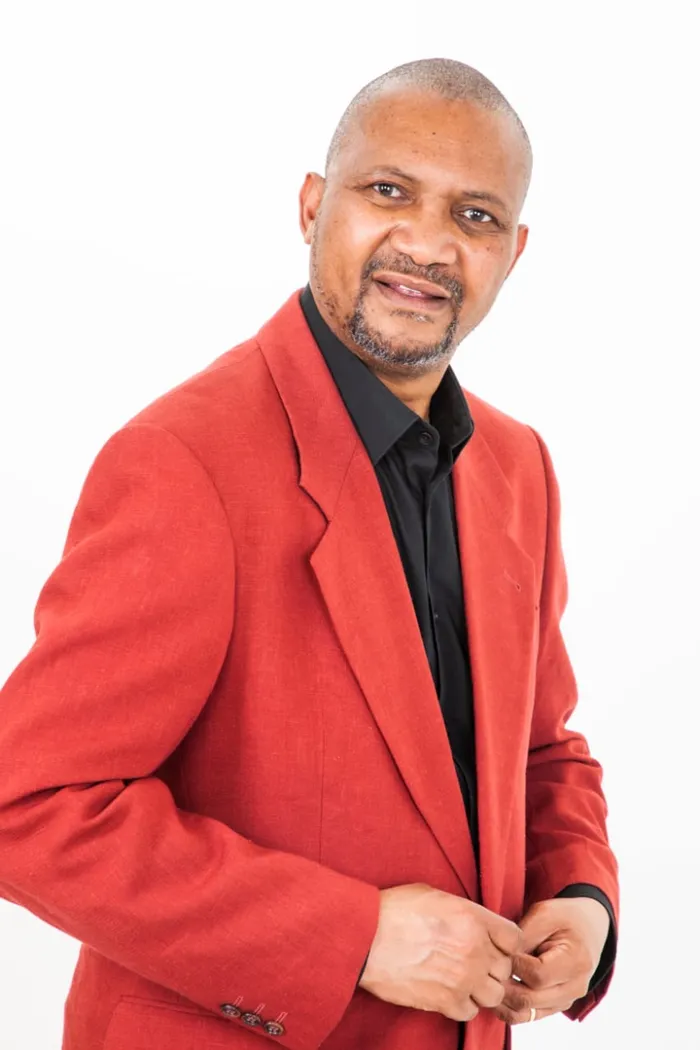January in South Africa: A month of mixed beginnings

Dr Maphosa is a Senior Research Fellow at the University of Johannesburg and a volunteer at Devoted Citizen, an organisation focused on civic education and social justice. Picture: Supplied
By Dr. Stanley Maphosa
As South Africans welcome a new year, January becomes a month of reflection, challenges, and hope. From the release of matric results to the recurring National Student Financial Aid Scheme (NSFAS) controversies, the opening of schools, and the African National Congress’ (ANC) January 8th statement, the themes of promise and responsibility dominate the national agenda. These issues underscore the country’s pressing social and political challenges and its untapped potential.
Matric Results: A reflection of the nation’s divides
The release of matric results is both a joyous occasion and a stark reminder of inequality. While top achievers from urban centres like Gauteng and the Western Cape dominate headlines, students in rural provinces such as the Eastern Cape and Limpopo often struggle to meet basic pass requirements. Schools in underdeveloped areas face structural challenges, with limited access to resources like well-trained teachers, laboratories, and libraries.
Consider the story of Ntsako*, a matriculant from Limpopo, who achieved six distinctions despite studying under a leaking roof and sharing textbooks with classmates. Her resilience is inspiring, but it also exposes systemic neglect. South Africa’s education system is burdened with vast disparities.
According to the Department of Basic Education’s 2024 report, only 55% of Grade 10 students progressed to matric, highlighting high dropout rates in low-income areas. Addressing these challenges requires more than celebration; it demands investment in infrastructure, teacher development, and a focus on creating equal opportunities.
NSFAS: Gatekeeper to education or barrier to dreams?
For thousands of tertiary hopefuls, NSFAS is both a lifeline and a source of frustration. Each January, the financial aid scheme faces criticism for delayed payments, application backlogs, and a lack of transparency in its allocation process. Take Ayanda*, for example, a first-year student from KwaZulu-Natal who applied for NSFAS funding in November but, as of mid-January, still had no confirmation of her application status. Stories like hers are common and raise doubts about the government's ability to ensure equal access to higher education.
While NSFAS recently announced the implementation of a new system to curb inefficiencies, execution is yet to match ambition. The critical question remains: How can we create a funding mechanism that is reliable and accessible for the country’s poorest youth? Until these issues are addressed, South Africa risks alienating an entire generation of students who depend on financial aid to access opportunities.
The opening of schools: A continuing struggle
The beginning of the academic year often paints a picture of chaos in South Africa’s public schools. Overcrowded classrooms, late delivery of textbooks, and inadequate sanitation are not new issues. Rural schools, in particular, are disproportionately affected, with learners sometimes forced to study under trees or in makeshift classrooms.
For instance, at Mpande Primary School* in a rural village in the Eastern Cape, students returned this January to find collapsed toilets and insufficient desks. While the government has allocated funds for school infrastructure, communities rarely see the benefits. It is encouraging that some provinces are turning to technology, introducing online systems for registrations and performance monitoring. However, the divide between urban and rural areas remains glaring. If these problems persist, they will continue to limit the country’s ability to produce the skilled, educated citizens it needs to thrive.
The ANC’s January 8th Statement: promises in the shadow of crisis
This year’s January 8th statement was delivered in Cape Town, a city that embodies South Africa’s contradictions. Known for its wealth and stunning landscapes, Cape Town is also plagued by gun violence, crime, and poverty in many communities. Areas like Manenberg, Khayelitsha, and Bonteheuwel face daily struggles that mirror the broader challenges of inequality in the country.
In its statement, the ANC emphasized economic recovery, youth empowerment, and eradicating corruption. While the themes resonate, skepticism surrounds the promises. Take Sello*, a 25-year-old graduate from Khayelitsha who has been unemployed for three years despite holding a degree. He represents more than 60% of unemployed youth in South Africa. Lofty commitments mean little unless they lead to measurable change. The ANC must work harder to deliver on its promises, particularly in communities where despair often outweighs hope.
Seizing the moment
The overlapping challenges of January may paint a bleak picture, but they also provide an opportunity for collective action. The stories of Ntsako, Ayanda, and the students of Mpande Primary School are not isolated—they reflect the resilience and determination of millions of South Africans.
As a nation, we must prioritise creating a fairer education system, one that offers every child the same chance at success. Government, civil society, and business sectors must collaborate to strengthen NSFAS, improve rural education, and hold public officials accountable for their commitments. The ANC, too, must match its rhetoric with action. It is only through decisive leadership, coupled with grassroots involvement, that South Africa can transform its promises into reality.
January serves as a microcosm of our nation’s broader challenges and potential. It is a month of mixed beginnings, yes, but also one of immense hope. If we commit ourselves to action, 2025 could mark the start of significant progress in achieving South Africa’s long-promised equality and opportunity for all.
Dr Maphosa is a Senior Research Fellow at the University of Johannesburg and a dedicated volunteer at Devoted Citizen, an organisation focused on civic education and social justice.